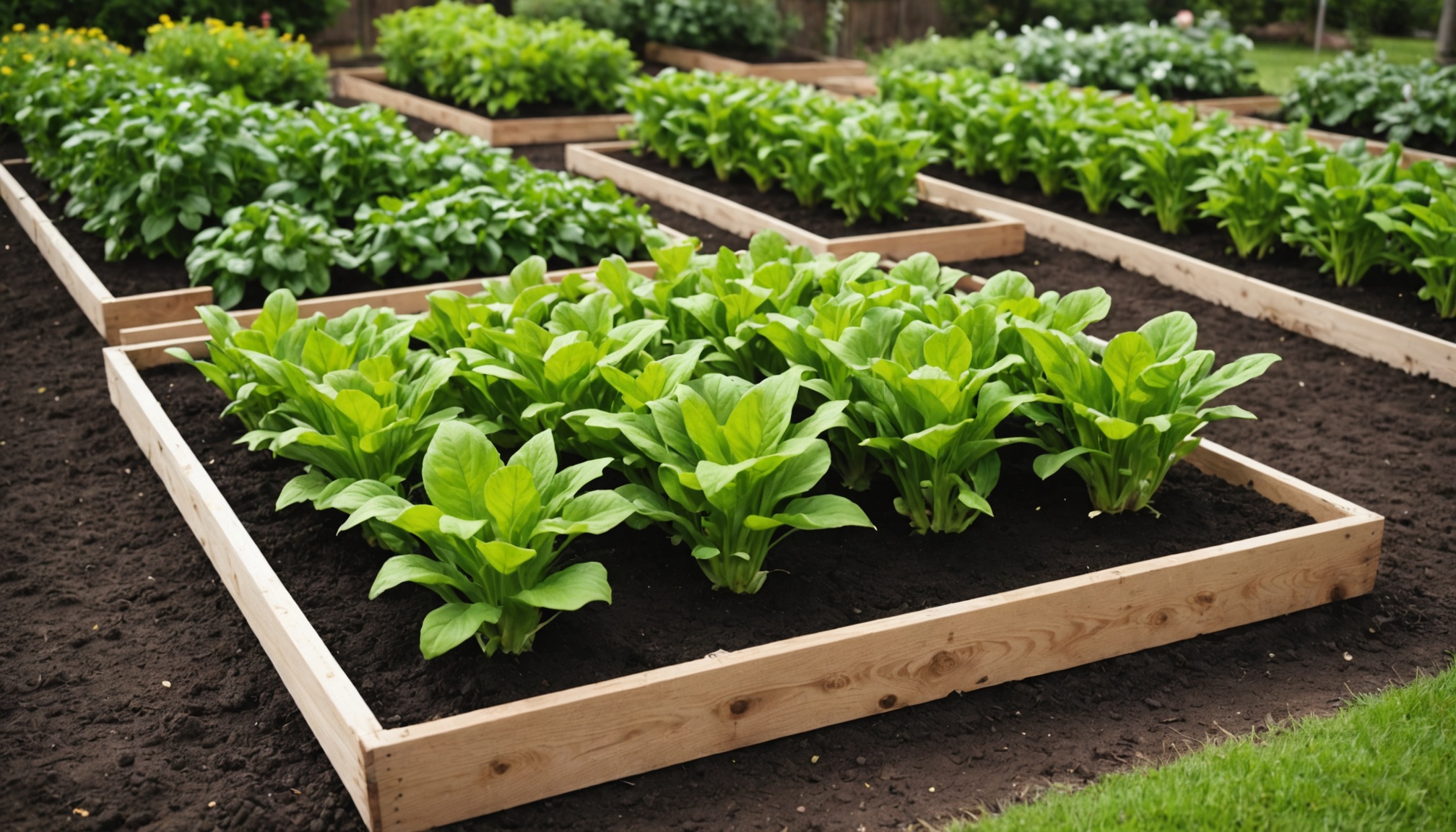Fabric gardening beds offer a modern solution for both novice and experienced gardeners. They provide excellent drainage, promote healthier root growth, and are lightweight, making them easy to manage. These beds also help in controlling soil temperature and preventing weeds. Discover how integrating fabric gardening beds into your gardening routine can enhance your planting experience and yield impressive results. Embrace this innovative approach and grow your garden’s potential today!
The Importance of Raised Garden Beds
Raised garden beds have become a popular choice among gardeners due to their numerous benefits. They offer improved control over soil quality, essential for organic gardening in raised beds. By containing soil in a designated area, raised beds encourage better drainage and reduce soil compaction. This setup promotes healthier plant growth while minimizing weed invasion.
En parallèle : Revamp your fridge: key home improvement cleaning strategies
Ecologically, raised garden beds are advantageous. They can enhance soil health by retaining essential nutrients and minimizing erosion. Furthermore, raised beds encourage urban gardening by maximizing limited space, allowing city dwellers to cultivate their own green spaces. This approach supports sustainable living by reducing the need for artificial fertilizers and pesticides.
To enhance productivity, raised beds create optimal conditions for vegetable gardening in raised beds. Their design improves accessibility and reduces the need for strenuous activities such as bending or kneeling. For those looking to start their own projects, take a moment to explore raised garden bed options and discover configurations that suit various gardening styles and needs. These versatile structures support a wide array of plants, offering potential for bountiful yields with less labor, especially when implemented in urban settings.
Dans le meme genre : How to Create a Colorful Autumn Garden with UK Native Plants?
Designing and Building Raised Garden Beds
Step-by-Step Guide to Building Raised Garden Beds
Creating a raised garden bed starts with a clear plan and basic tools. First, select the ideal location that receives ample sunlight—usually six to eight hours a day. Begin by marking the dimensions of your bed on the ground, ensuring the spacing aligns with your gardening goals. Then, level the marked area to prevent water pooling. Construct the frame from your chosen materials, such as wood or metal, which can affect durability and aesthetics.
Recommended Materials for Durability and Functionality
Selecting appropriate materials is crucial. Wood is popular for its availability and appearance, but use treated wood to prolong lifespan and prevent rot. Metal options, like galvanized steel, offer durability, especially in wetter climates. Consider erecting a weed barrier or lining the bed with recycled materials to control unwanted growth, allowing for healthier soil and plants.
Factors to Consider for Optimal Placement in Your Garden
Optimal placement guarantees healthier plants. Choose spots with consistent sunlight and proximity to a water source for convenience. Assess drainage needs to prevent waterlogging, affecting root health. Additionally, spacing should allow for easy access and maintenance, maximizing your garden’s productivity and aesthetic appeal.
Planting and Maintaining Your Raised Garden Beds
Best Practices for Planting Vegetables and Herbs
Raised garden beds offer an optimal solution for vegetable and herb gardening. To harness their full potential, consider planting density and crop rotation. Begin by selecting vegetables that thrive in raised beds, such as tomatoes, carrots, and leafy greens. Space them according to their growth needs to avoid overcrowding. Herbs like basil, parsley, and mint flourish in smaller sections of the bed, adding both flavor and beauty.
Maintenance Tips for Healthy Raised Garden Beds
Regular maintenance is key to thriving raised beds. Weed management is crucial; routinely remove weeds to prevent nutrient competition. Incorporate methods like mulching with straw or wood chips to retain moisture and suppress weeds. Seasonal check-ups ensure the bed remains stable and structurally sound for continual use. Consider installing efficient watering systems, like drip irrigation, especially during hot spells.
Soil Selection and Amendment Techniques for Optimal Growth
Choosing the best soil for raised garden beds is vital for productivity. Aim for a balanced soil mix with good drainage and a high organic matter content. Amend the soil with compost and well-rotted manure to boost fertility. Engage in seasonal soil testing to adjust pH levels and add necessary nutrients, ensuring a sustainable and healthy growing environment.






